4 Ways to Master Strategic Email Marketing
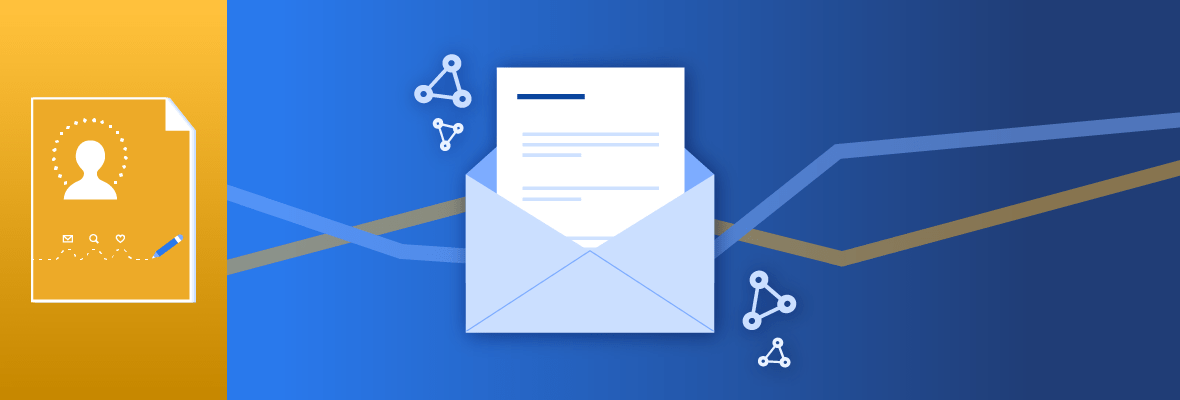

Brent Walrath
This post was originally published in May 2019 and has been updated for accuracy and comprehensiveness.
Strategic email marketing lets you communicate directly with your segmented contact lists, send specific messages, increase brand awareness, and nurture customer relationships.
The most effective way to see results from your email marketing efforts is through email marketing automation, which can be used to nurture your leads throughout the sales funnel.
At EBQ, we use Marketing Cloud Account Engagement (formerly known as Pardot) as our marketing automation platform because, as a Salesforce product, we can easily integrate it with our Salesforce CRM. Integrating with our CRM provides sales and marketing teams visibility on a prospect’s journey through the sales funnel. This visibility allows both teams to make informed decisions, like when to reach out to a lead to close a conversion or when to send them a specific drip campaign. Take a look at all the valuable features of the platform, and read our B2B Marketer’s Guide to Pardot to see if it would be a good fit for you.

Keep reading to learn the importance of an email marketing strategy and all the components that will help you succeed.

B2B Marketing Strategy Framework: The Ultimate Guide to Business Branding
Learn how to build a strong brand experience with our downloadable guide.
Email Drip Campaign Best Practices
An email drip campaign is a series of emails that urge leads to engage with your content over time. It is personalized to the needs of those in a strategically segmented contact list.
In Marketing Cloud Account Engagement, we use their Engagement Studio tool to create drip campaigns that segment and target our various buyers.
Two techniques to segment campaigns include:
- Buyer persona: Separating contacts based on their roles, industries, content types, topics they prefer, and which offers they’re interested in.
- Buyer journey stages: Customize the content you send them based on where they are in the buyer’s journey and how close they are to making a purchase.
Take a look at this drip campaign we made in Engagement Studio. As you can see, we segmented the campaign by buyer persona to promote our B2B Buyers Journey Tool.
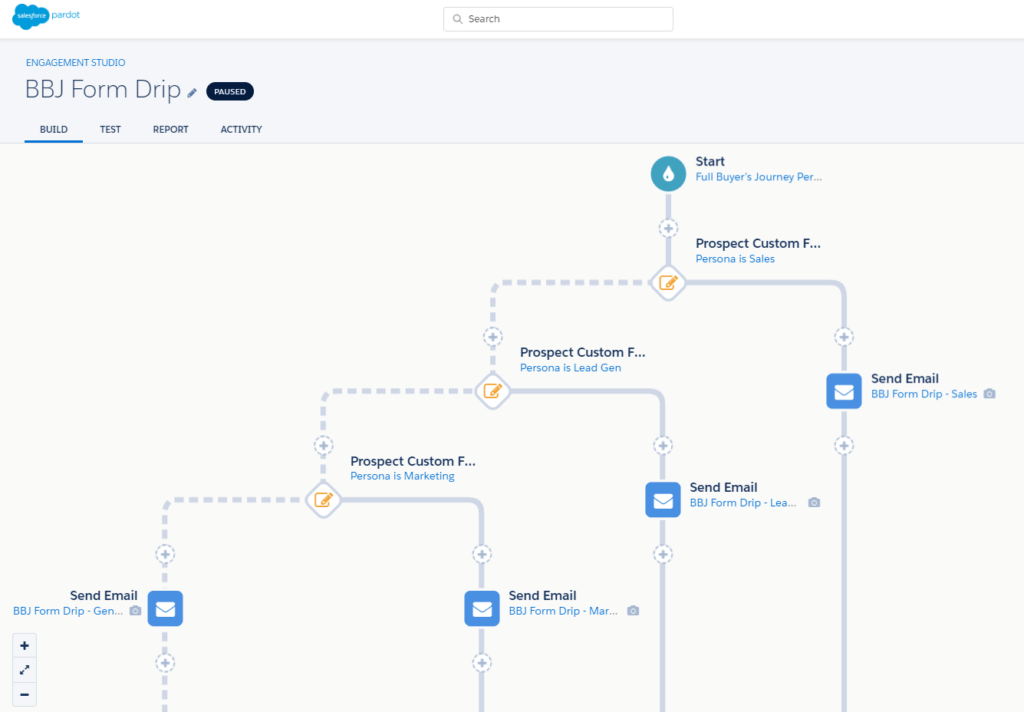
We segmented this drip campaign by buyer persona because our emails contained content that gives suggestions based on a person’s role in their company. Each email provides value tailored to their responsibilities in their organization.
This example portrays how complex a drip campaign can get, branching off into different directions due to the various data points we’ve collected.
The cadence of your emails should be tailored to the specific audience you are sending it to. When sending the next email in the series, consider how frequently leads open and engage with your content. For example, if recipients open and interact with an email frequently, the following email should be sent in about three days. However, if recipients haven’t opened your emails, we suggest you wait seven days before sending another. We suggest A/B testing and granular segmentation to determine how often your audience prefers to receive emails.
It can be challenging to decipher which drip campaign options will maximize opens and click-throughs. If you’ve invested in Marketing Cloud Account Engagement and you’re finding it difficult to navigate, our team of certified marketing specialists is here to answer any questions you may have. Experienced in many different automation platforms, we can help you kick-start your marketing initiatives.
How to score leads through automation
To differentiate cold vs. warm prospects in Marketing Cloud Account Engagement, you can utilize a lead scoring system that records which elements a prospect interacts with. Once the interaction is recorded, it will be scored according to the value you place on each element.
Examples of scored elements:
Page views
Email clicks
Form submissions
Lead scoring enables you to create a threshold at which a prospect converts to a marketing-qualified lead (MQL). You can utilize automation to create lead routing rules that align with your company’s needs.
For example, product page visits may result in a high boost to lead score, reflecting a stronger purchase intent. Measuring their level of interest in your company and segmenting them by buying stage is one way of qualifying leads through inbound marketing.

Subscribe to EBQ's Bimonthly Newsletter

Subscribe to EBQ's Bimonthly Newsletter
Learn to Build an Effective Landing Page
Throughout this guide, we have discussed offering valuable content that will help nurture your prospects through the sales funnel. Landing pages are where you can finally see these elements come together. Landing pages are the bread and butter of your inbound marketing strategy. An effective, user-friendly landing page will increase conversion rates, gather information from visitors, and establish your credibility.
A great way to generate leads in B2B marketing is “gating.” With this method, you require a form submission before website visitors can access your content. This method is a great way to bring new prospects to the top of your lead nurturing funnel, where you can begin to move them toward a conversion. However, be mindful of how much information you require in a downloadable form. Visitors are less likely to fill out a long detailed form, and you might lose the opportunity for a conversion. Instead, keep it simple and easy to use.
Well-designed landing pages show the value of the gated content and offer a convenient user experience that urges visitors to complete the submission process. At EBQ, we create all our landing pages and lead forms from scratch, which is why we recommend a highly customizable website builder.

We consider this example of a landing page to be effectively designed because:
- It has a simple and clean design that integrates our branding
- It clearly states what the visitor will receive
- It outlines the main benefits of the offering
- It has a relevant CTA
Keeping your landing pages simple and direct will help keep visitors there long enough to fill out the form with their information.
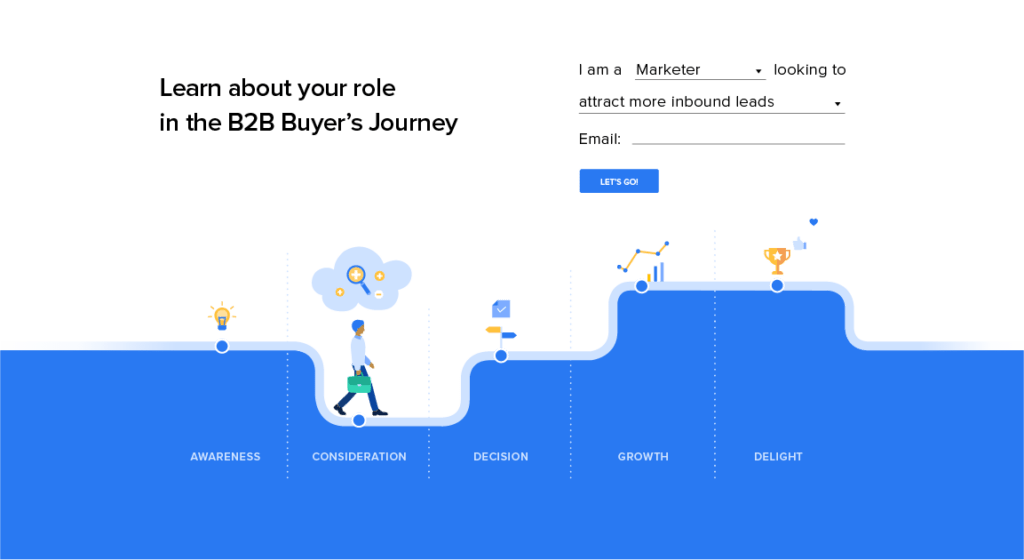
The landing page form aims to guide contacts into your CRM to nurture them further for sales. You can configure how leads appear in your sales database, which can be a lot of work. Contact our Salesforce Administration Specialists to help you integrate your CRM effectively if you need assistance.
Understanding each contact’s lead source is one of the most important components when integrating your CRM with your marketing automation platform. The lead source field in your automation platform and CRM addresses the main marketing point of attribution. You will be able to see which channel the prospect found you through which will help you further understand your audience so you are providing the right content to the right people at the right time.
We also recommend using an additional field named “lead source description.” We use this to see a prospect’s point of conversion to an MQL. This field’s value is sourced from a completion action tied to a completed form submission, such as “downloaded the Appointment Setting guide.”
Seeing what type of content gets a prospect to convert provides insight into their needs, which will help the marketing and sales team know how to nurture the relationship in the future.
Data-Driven Decisions
Qualitative data from individual leads can also be collected from the form a prospect fills out.
This data shows how a prospect thinks, what they prefer, and how they prefer it. It can then be used throughout the sales cycle to strategize the types of content you send and how you share it with them.
Once your first visitor completes the form, submits their information, and downloads your marketing offer, you have successfully generated your first marketing lead.
Now that you have generated a lead, it’s time to monitor and optimize your lead nurturing process. Quantifying your marketing efforts helps you make data-driven decisions about the following:
- Which tactics are working, and which tactics you can get rid of
- Where to prioritize your budget in your marketing efforts
- How to create successful future campaigns
Gathering relevant data will set you up for success in your email marketing strategy. The data you collect will show you your audience’s preferences so you can create personalized content for the right person and ensure you are sending it at the right time. The information you send in your emails should be relevant to your audience, making them feel understood and improving your overall customer retention rates.
Examples of personalized content based on data:
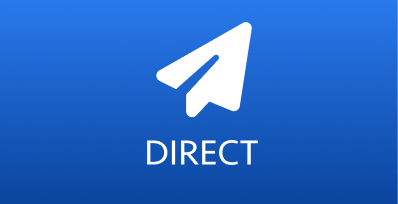
Communicates your offer directly to a segmented list of contacts

Uses the viewer's activity to decide which advertisements or messaging will resonate with them
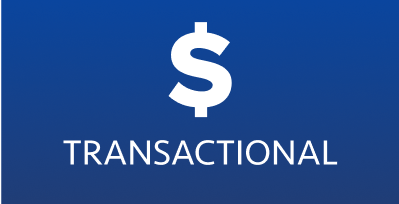
Provides the customer with a transaction or an update on their past transaction
Knowing the type of data to look for is a great start, but how do you find it? Many platforms offer an analytics section that provides information like open rates, click-through rates, unsubscribe rates, etc. For example, we use Marketing Cloud Account Engagement’s reporting studio to dive into the data we need to send quality marketing emails.
Each platform is different. If you need assistance navigating your platform, feel free to contact one of our digital marketing consultants. We will help you find the data you need to improve your email marketing strategy.
Now that you have gathered the necessary data, it’s time to put it to use. Analyze your campaign and compare your data to the goals or benchmarks you hoped to achieve with this campaign. Look for areas in the campaign that may need some improvement to reach those goals. Ask yourself; did it reach the right audience? Did the recipient engage with the email, and if not, where did they stop? Asking these types of questions will help you make a plan for your next email campaign and help you get the results you are looking for.

B2B Marketing Strategy Framework: The Ultimate Guide to Business Branding
Learn how to build a strong brand experience with our downloadable guide.
B2B Email Marketing Best Practices
Enhance your sales funnel with email marketing, lead scoring, and user-friendly landing pages. Use the data you collect to consistently evaluate the effectiveness of your email marketing efforts, and don’t be afraid to make adjustments if you’re not getting the results you want.
Email marketing is a useful tool if done correctly. Stay up to date with rules set in place for email restrictions and regulations. It would be a waste of time and money to create a strategy and not make it to the inboxes simply because you didn’t follow best practices. Check out Gmail’s new 2024 bulk-sending requirements to continue reaching inboxes.
This guide will help you start building your own B2B marketing strategy. We know this can be a daunting task, but EBQ is always here to answer any questions you may have and help you execute your marketing initiatives.
